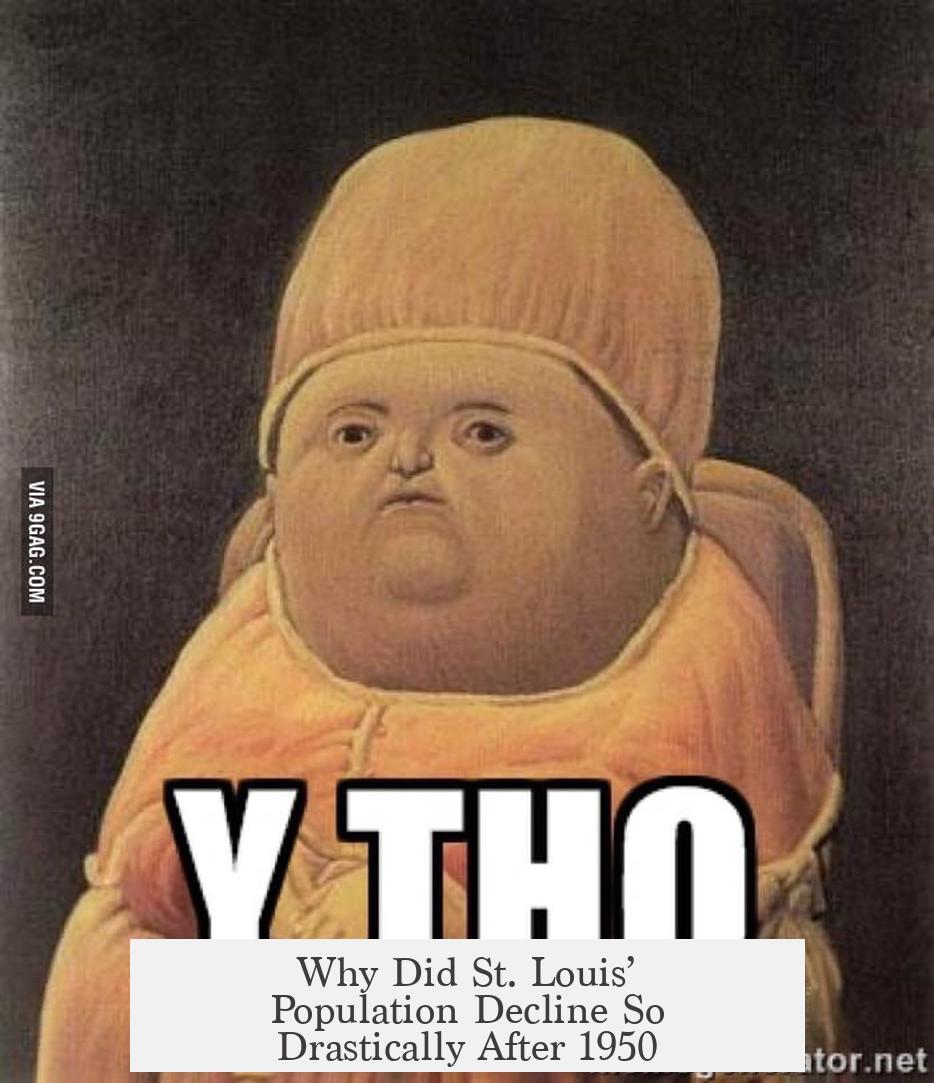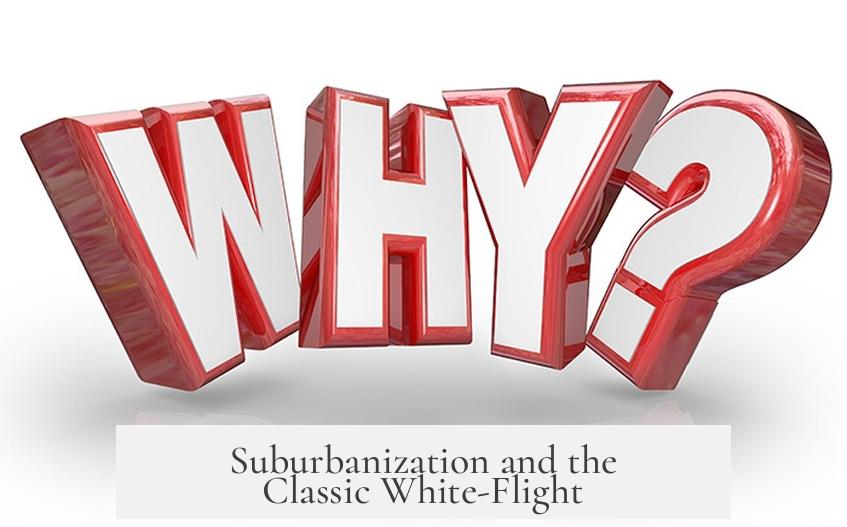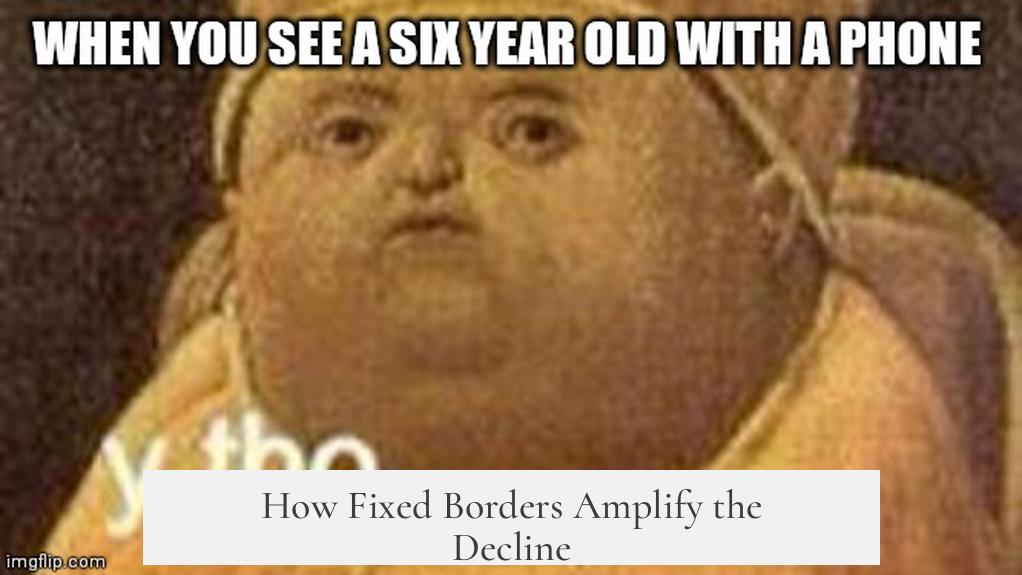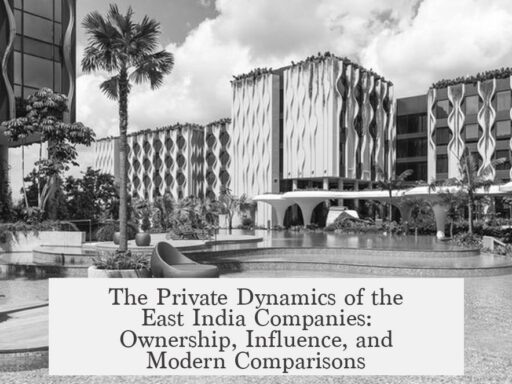St. Louis’ population declines sharply after 1950 mainly due to its fixed city borders, suburbanization driven by white-flight, later black-flight, and unsuccessful attempts to merge with the surrounding county.
In 1876, St. Louis became an independent city, separating legally and physically from St. Louis County. This move fixed its borders to 61 square miles, ending any future expansion. Unlike many large U.S. cities, St. Louis cannot annex neighboring suburbs. This limits its geographic growth and confines its population numbers within strict boundaries.
This constraint plays a key role. While the city’s population count shrinks, the greater metropolitan region continues to grow. The independent city model causes St. Louis’s population to appear to decline drastically when it actually migrates just outside those fixed city limits.
- Suburbanization and White-Flight (1950s–1970s): After World War II, many working-class families faced a choice: stay in an aging city apartment or move to affordable county homes with yards. The expanding highway system, affordable cars, and wartime home loan programs made suburban living attractive.
- Lower county taxes and new neighborhoods encouraged families to relocate. Over time, this movement predominantly included white families leaving the city, a phenomenon known as white-flight.
- As whites moved outward, Black residents began moving to formerly segregated, improving city neighborhoods. But the overall effect still led to population loss inside the city’s fixed boundaries.
- Black-Flight and Economic Decline (1980s): In the 1980s, St. Louis’s tax base eroded. Eroding revenues hurt city services, schools, and upkeep. The housing stock aged and deteriorated. This lack of investment pushed many Black residents to move out to newer, more desirable housing in the county.
- Known as black-flight, this trend further emptied the city population. The cycle of disinvestment and flight reinforced decline.
The fixed borders of the independent city mean that these migrations do not register as metropolitan growth. Instead, census counts show a declining city population with no possibility of annexing growing suburban areas. If St. Louis were allowed to expand as other cities do, its population could reach roughly 3 million in the metro area and rank among the largest U.S. cities.
Attempts to reunify the city with St. Louis County have repeatedly failed. County residents resist absorption, fearing that city problems—crumbling infrastructure, reduced tax base, and governance challenges—would spread to them. These political stalemates keep the city isolated and financially constrained.
| Factor | Effect on Population | Time Period |
|---|---|---|
| Independent City Status with Fixed Borders | Constrained physical growth; population counted only within city limits | Since 1876 |
| Suburbanization & White-Flight | White families moved to suburbs for better housing and lower taxes | 1950s–1970s |
| Black-Flight and Economic Decline | Black families left city due to poor infrastructure and aging housing | 1980s |
| Failed City-County Merger Attempts | Maintained city-county division; prevented population and tax base growth | Multiple attempts post-1950 |
These combined dynamics explain why St. Louis’s official population dropped sharply after 1950. The relocation of residents outside the fixed city limits combined with disinvestment inside the city created a pronounced demographic shift. Meanwhile, the surrounding metro area grew but remains distinct from the city population count.
Key points:
- St. Louis’s fixed borders since 1876 cap city population growth.
- Postwar suburbanization and white-flight pulled many families to the county.
- Economic decline in the city led to black-flight in the 1980s.
- City-county divisions blocked expansion and reduced the city’s tax base.
- Failed merger attempts kept the city confined and its population appearing to shrink.
Why Did St. Louis’ Population Decline So Drastically After 1950?

The city’s population drop after 1950 boils down to a mix of fixed city borders, booming suburbs, and shifts in demographics — all set in motion by historic decisions and economic trends. Understanding this puzzle reveals why St. Louis tells a story very different from most American cities.
Let’s unpack this with the key facts behind this dramatic decline.
The 1876 Separation: Borders Set in Stone
Here’s a curveball: St. Louis stopped growing geographically nearly 80 years before the big post-WWII population crash. Yep, in 1876, the city locked itself in a neat 61-square-mile box, separating from St. Louis County. This made it an “Independent City” with fixed borders.
Imagine a balloon that can’t expand—no matter how much air (or people) you want to add, the space stays the same. This law meant no annexing suburban areas as they blossomed outside the city lines, which is precisely what happened post-1950.
So, although the metropolitan area boomed, the city itself was stuck counting only residents within those old, unchanging city limits.
Suburbanization and the Classic White-Flight

Fast forward to the 1950s and 60s: America loves its car rides, new highways, and fresh lawns. St. Louis families, especially white ones, faced a choice: cozy apartments inside the city or spacious houses in the county with yards and (gasp) lower taxes.
Thanks to highways, affordable cars, and enticing home loans—particularly for Korean War veterans—the allure of suburban living skyrocketed. White families began heading for the greener pastures outside city hall’s jurisdiction.
This wasn’t just a lifestyle shift; it was the start of a population exodus. White-Flight drained the city’s numbers steadily over a few decades. Interestingly, most of these moves were short trips—just a few miles beyond city limits.
Black-Flight and Urban Decline in the 1980s
The story gets more complex by the 1980s. The city’s tax base started shrinking, throwing a wrench in maintenance for schools, infrastructure, and old housing. Charming but aging buildings became harder to keep up.
Now, Black residents, who had moved into better city neighborhoods during prior decades, faced decaying environments. Many chose the same suburban path, seeking newer homes and neighborhoods just outside city limits.
This secondary migration—Black-Flight—continued the population drain. The city’s troubles became a self-fulfilling prophecy: fewer people meant less money, less care, and fewer reasons to stay.
How Fixed Borders Amplify the Decline

Normally, when cities grow, they absorb suburbs and boost their populations. But St. Louis can’t do that. Its frozen borders trap population counts inside those 61 square miles.
Consider this: the broader metro area is roughly 3 million people, with vibrant suburbs swelling around the city’s static core. But official statistics only measure inside the city’s tight box.
This measurement quirk makes the population drop appear sharper than in cities where expanding borders capture new residents.
Failed Attempts at Reunification
One would think, “Why not just fix the border problem?” St. Louis has tried to merge back with the county several times. Sadly, county voters tend to say no, often wary of inheriting the city’s economic and social challenges.
Without these mergers, St. Louis misses out on growing its tax base and population, further locking in its decline.
A Unique Urban Tale with Lessons to Learn
St. Louis’ population decline is less about abandonment and more about geography, policy, and social trends intersecting over decades. Fixed borders, the magnetic pull of suburbs, and demographic shifts created a perfect storm.
For city planners and residents alike, it’s a cautionary tale: urban vitality ties closely to the ability to adapt boundaries and governance.
So what’s the takeaway if you live in or study American cities? Always question how jurisdictional lines shape population data and real economic vitality. What looks like decline in statistics might mask growth just outside the city walls.
St. Louis remains a fascinating example of how history and policy shape the life of a city, beyond mere numbers. And maybe next time you drive through Forest Park’s edge, you’ll remember—the city’s limits are more than lines on a map. They’re part of a story that still unfolds.


